Figure shows a plot of the potential energy as a function of for a particle moving along the x-axis. Which of the following statement(s) is/are true?

The particle is in equlibrium at 3 out of 5
The particle is in equlibrium at 2 ou of 5 points shown
The particle is in stable equlibrium at
The particle is in unstable equlibrium at
The correct Answer is:A, C, D
Step by step video & image solution for Figure shows a plot of the potential energy as a function of x for a particle moving along the x-axis. Which of the following statement(s) is/are true? by Physics experts to help you in doubts & scoring excellent marks in Class 12 exams.
Updated on:21/07/2023Topper's Solved these Questions
- WORK, ENERGY AND POWERBOOK - AAKASH INSTITUTECHAPTER - WORK, ENERGY AND POWEREXERCISE - SECTION-D (LINKED COMPREHENSION TYPE QUESTIONS) (COMPREHENSION-I)
3 Videos
- WORK, ENERGY AND POWERBOOK - AAKASH INSTITUTECHAPTER - WORK, ENERGY AND POWEREXERCISE - SECTION-D (LINKED COMPREHENSION TYPE QUESTIONS) (COMPREHENSION-II)
3 Videos
- WORK, ENERGY AND POWERBOOK - AAKASH INSTITUTECHAPTER - WORK, ENERGY AND POWEREXERCISE - SECTION-B (SUBJECTIVE TYPE QUESTIONS) (ONE OPTIONS IS CORRECT)
44 Videos
- WAVESBOOK - AAKASH INSTITUTECHAPTER - WAVESEXERCISE - ASSIGNMENT ( SECTION-D ( Assertion - Reason Type Questions ))
12 Videos
Similar Questions
Figure shows the velocity of a particle moving on x-axis.
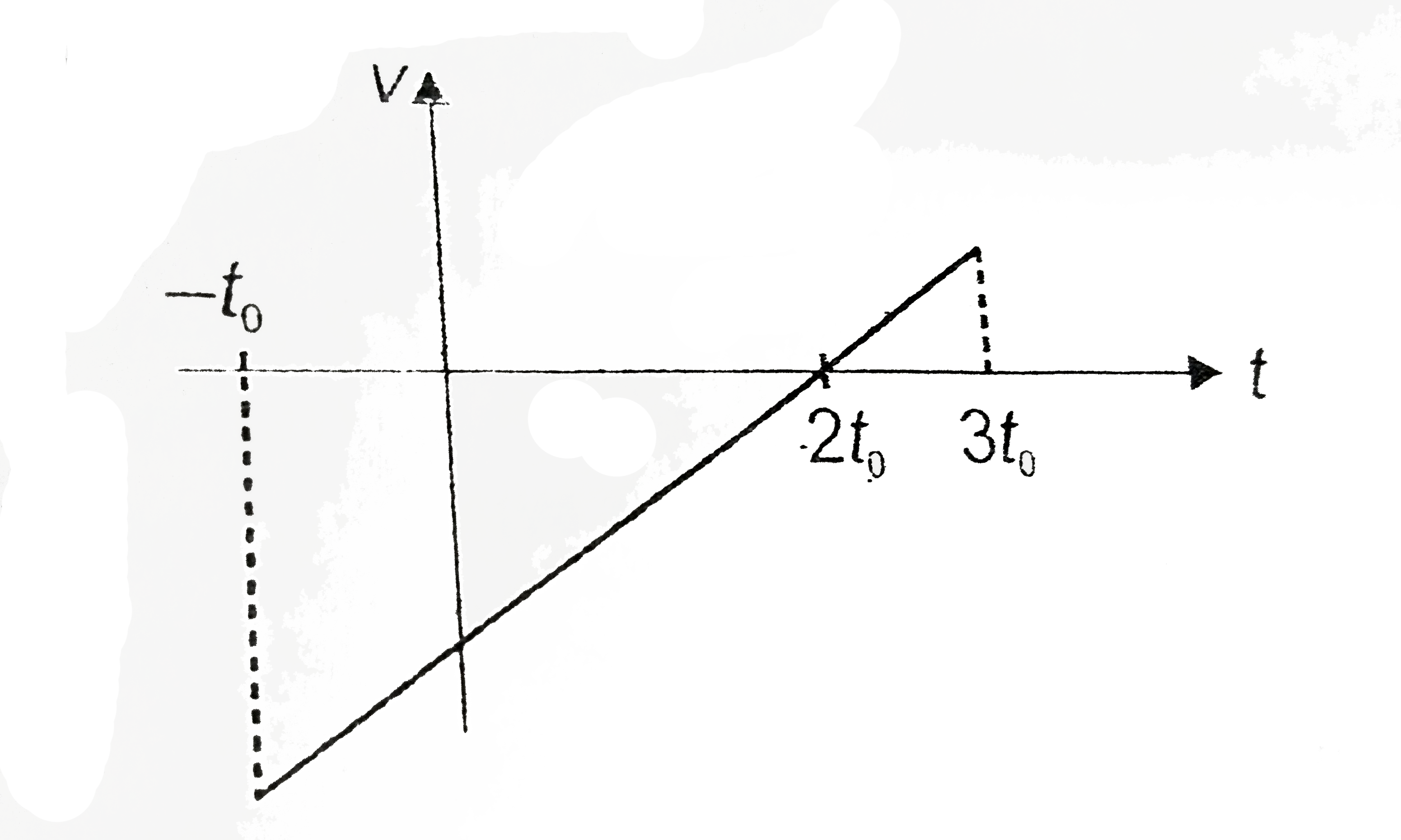
Which of the following statement is correct for the interval shown in graph?
View SolutionThe given figure shows a plot of the time dependent force Fx acting on a particle in motion along the x-axis. What is the total impulse delivered by this force to the particle from time t = 0 to t = 2second?
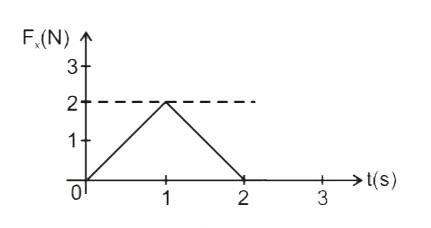
View Solution
Knowledge Check
For a particle moving along the x-axis, mark the correct statement(s).
Aif x is positive and is increasing with the time, then average velocity of the particle is positive.Bif x is negative and becoming positive after some time, then the velocity of the particle is always positive.CIf x is negative and becoming less negative as time passes, then the average velocity of the particle is positive.DIf x is positive and is increasing with time, then the velocity of the particle is always positive.A particle moves along x-axis as x=4(t−2)+a(t−2)2
Which of the following is true?AThe initial velocity of particle is 4Bthe acceleration of particle is 2aCThe particle is at origin at t=0Dnone of theseA particle moves along x-axis as x=t(t−2)+(t−2)2 . Which of the following is true?
AThe initial velocity of particle is 4BThe accekeration of particle varies with timeCThe particle is at origin at t = 0DNone of these
Figure (A) shows potential energy as a function of x for a particle that is moving in the x-direction under a coriservative force.
Figure (B) shows potential energy as a function of x for another particle that is moving in the x-direction under a conservative force.
Figure (C ) shows interaction potential energy as a system of two particles that could move in the x-direction under the mutual conservative force.
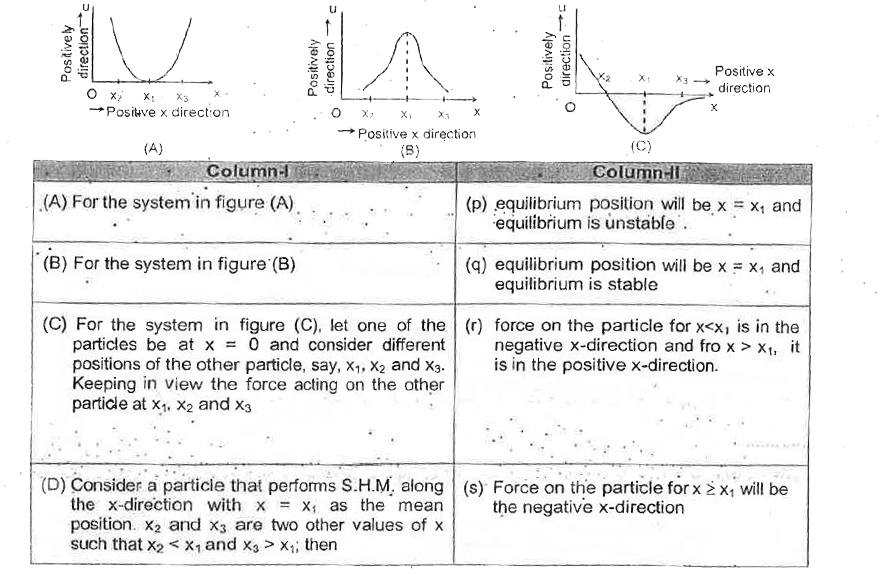
View SolutionFigure shows velocity time graph of a particle moving in straight line. Which of the following statement(s) is / are CORRECT:−
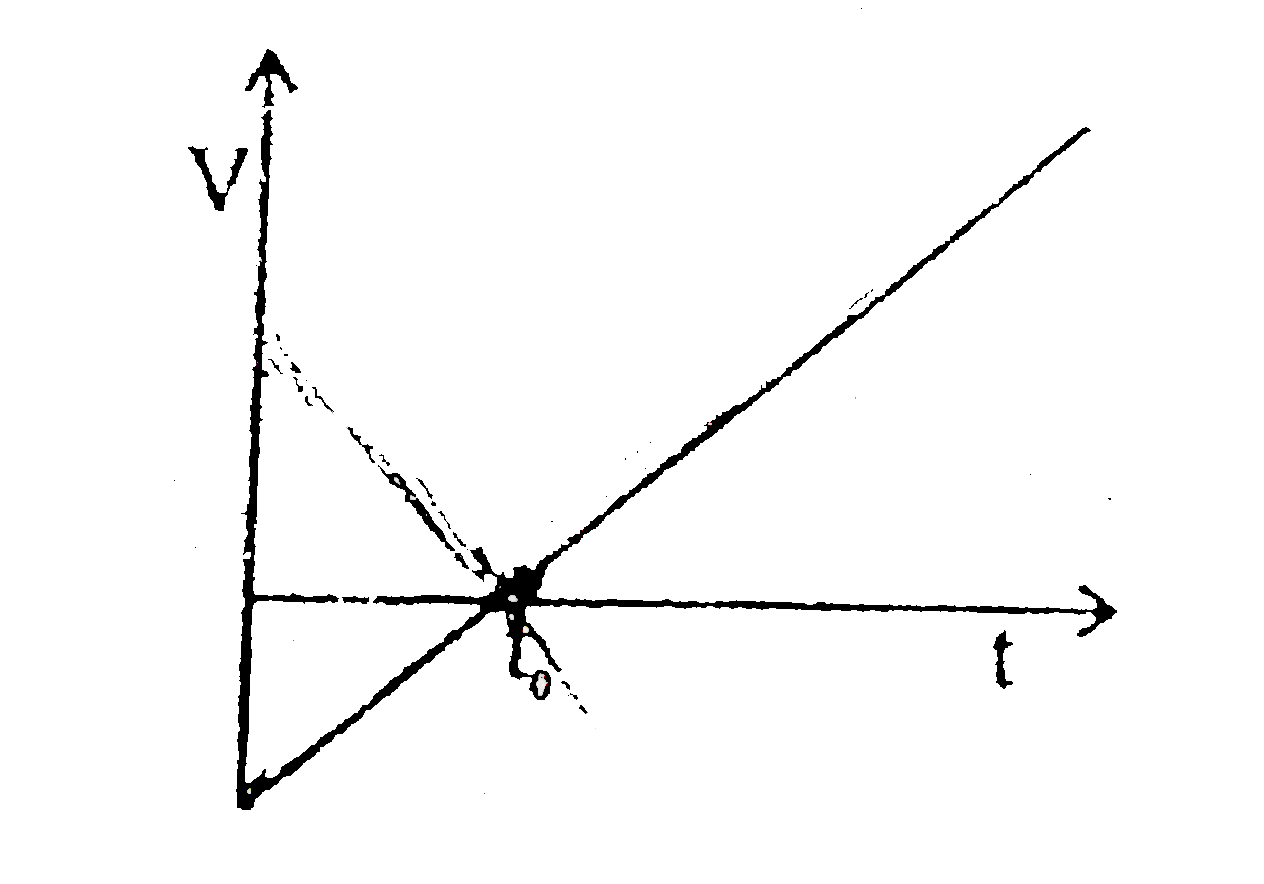
View SolutionIn the fig. The potential energy U of a particle plotted against its position x from origin. Which of the following statement is correct
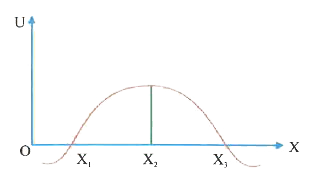
View SolutionIn the figure shown the potential energy U of a particle is plotted its position 'x' from origin. Then which of the following statement is correct A particle at :
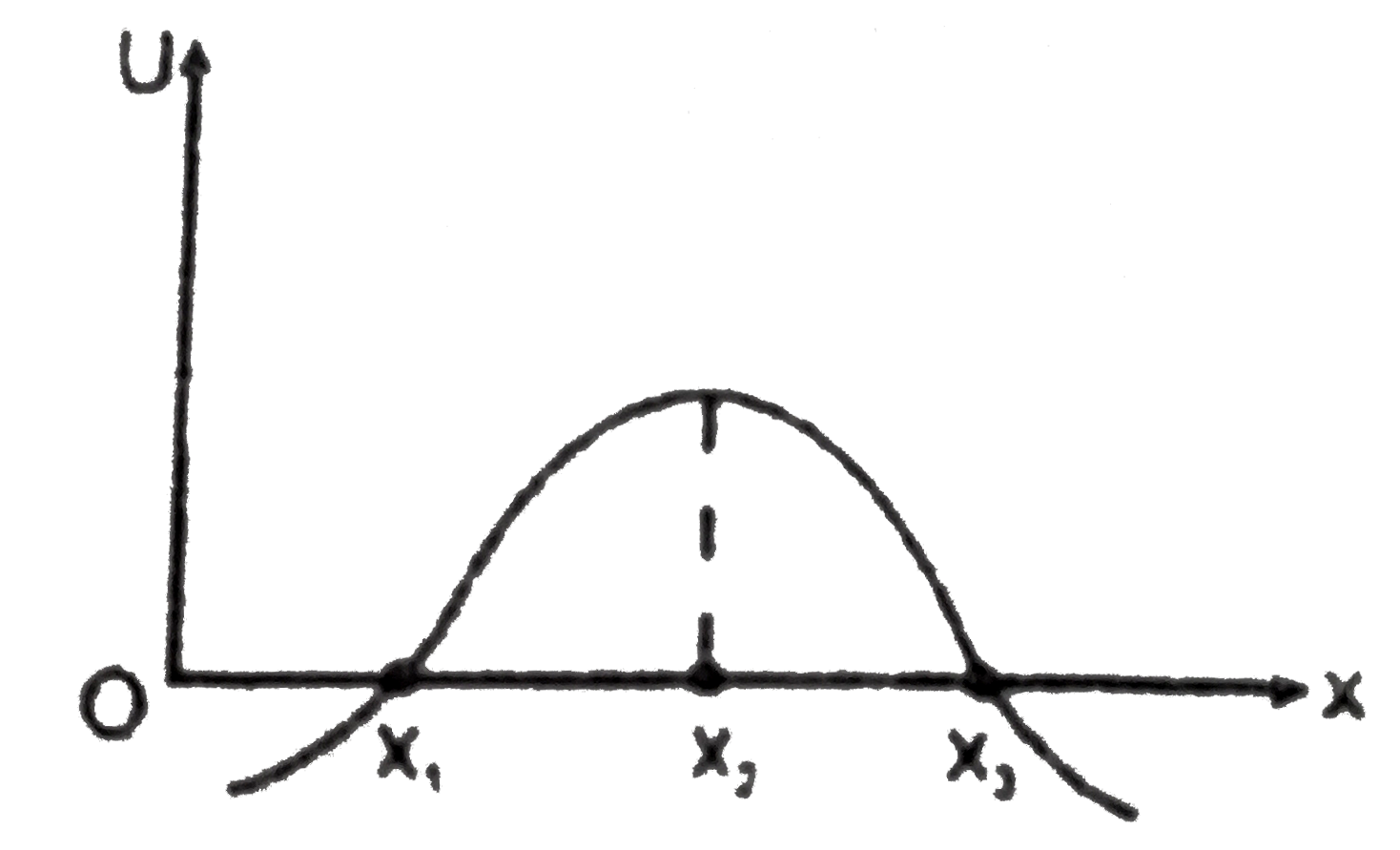
View Solution
In the figure the variation of potential energy of a particle of mass m=2kg is represented w.r.t. its x-coordinate. The particle moves under the effect of this conservative force along the x-axis. Which of the following statements are correct about the particle:
View Solution
